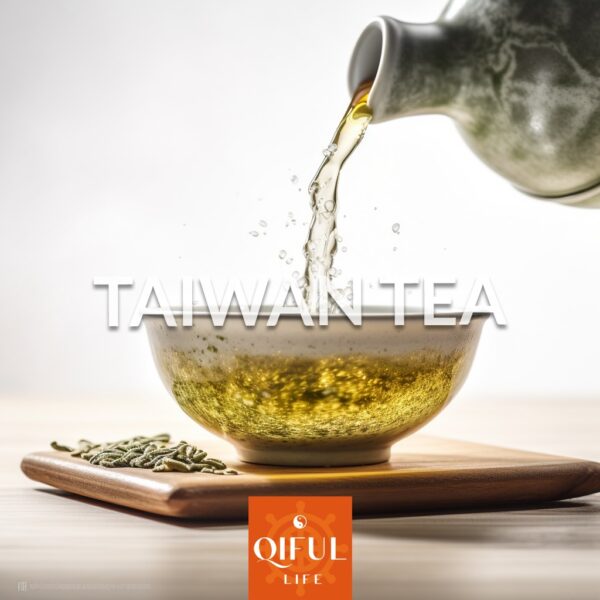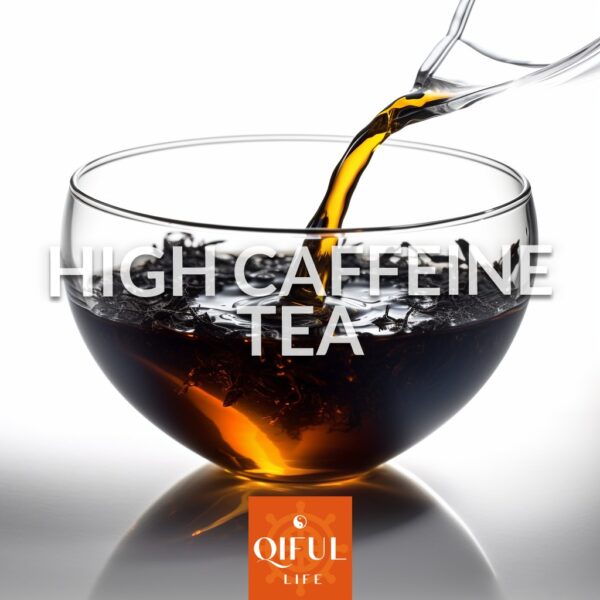Gourmet Tea » Tea Blog » Tea Information » A Complete Guide to Gourmet Tea
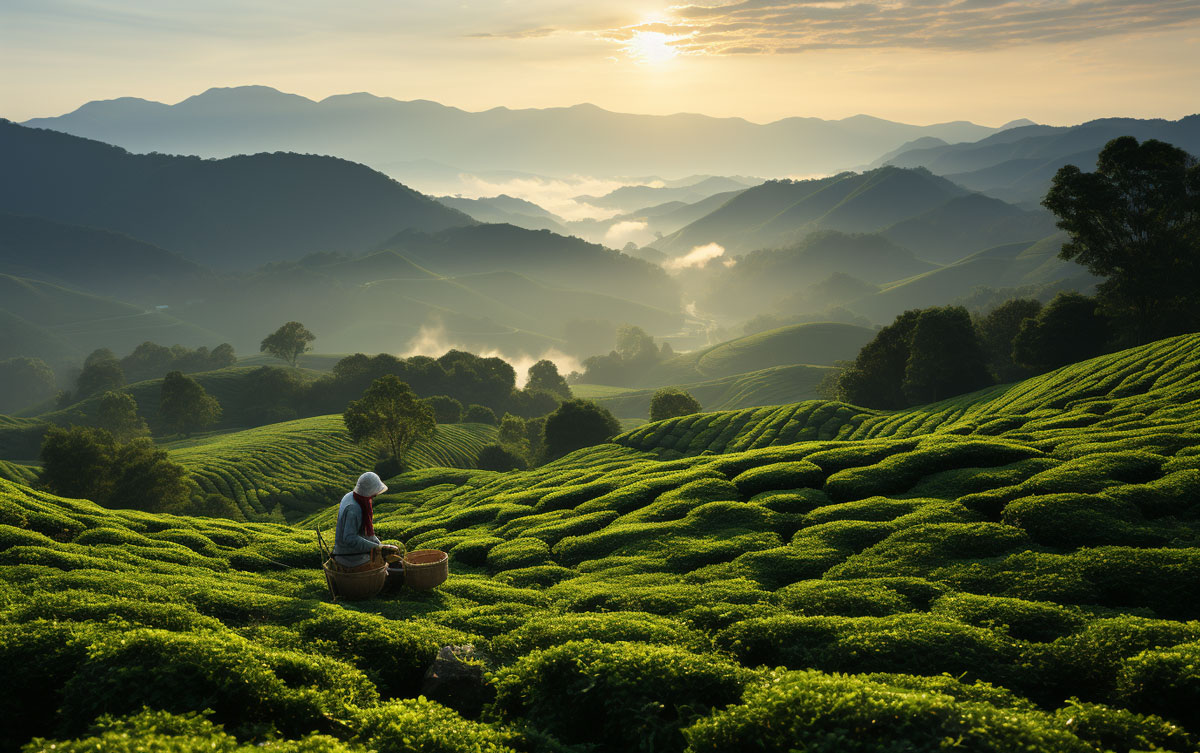
A Complete Guide to Gourmet Tea
Gourmet Tea, also known as fine tea or luxury tea, is a form of high end tea harvested and produced under specific conditions including location, elevation, forest environment, soil, and tree type. Similar to how there are lesser grade coffees and wines, the world of tea also has higher grade levels that are distinguished by price, taste, and flavor.
Types of Gourmet Tea
Gourmet tea is usually divided into the following categories:
- Premium Tea
- Competition grade
- Ultra-high grade tea
Premium Grade Tea
Tea makers use the term Premium Grade to describe organic tea available for direct purchase. They distinguish it from mass-produced tea that uses herbicides and chemicals for growth. Premium Grade tea comes from farms with organic and closely supervised conditions, aimed at building the farm’s reputation.
However, being organic and non-mass-produced does not automatically make a tea high-end. Tea farmers must also meet strict harvesting conditions, considering rainfall, sunshine, and hand-plucking techniques. If these conditions aren’t fully met, the tea may not qualify as Premium Grade.
Popular Gourmet Tea selections include:
- Wuyi Rock Tea
- High Mountain Oolong from Taiwan
- Chinese Puerh Tea
Competition Grade
Premium and Competition Grade teas are usually of similar quality. The key difference is whether a tea has won a competition and earned a winning badge. Tea producers often submit only their finest teas to competitions, so winning teas are generally premium. A tea that wins a competition can promote itself as Competition Grade.
However, some tea makers may claim their teas are Competition Grade even if they haven’t won. This is similar to a film being selected for a competition but not winning. Tea consumers should verify if a tea has actually won a competition rather than just being submitted.
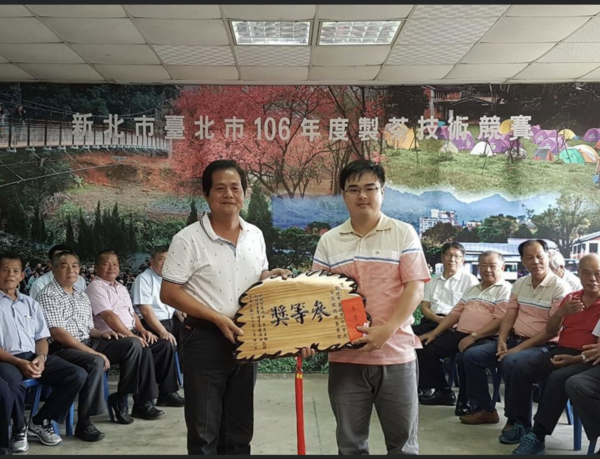
Some popular competition teas include:
- Taiwanese Biluochun Green Tea
- Tieguanyin Roasted Oolong Tea
- Bao Zhong Oolong
Ultra-High-Grade Tea
Ultra-high-grade tea is usually very rare and produced in small batches with specific growing conditions, oversight, and unique tea trees. An example is a small batch Puerh made from an old tea tree in a region with highly mineral-rich soil. Such trees may be rare and produce distinct flavors or Cha Qi (tea Qi) that are unique to the area.
Some ultra-high-grade teas depend on rare natural occurrences. For instance, snow-covered Oolong is unusual as most Oolong regions do not get snow. When it does snow, tea farmers can let snow sink into the leaves and then manage the conditions to prevent frost and damage. They harvest the leaves before temperatures rise too high, resulting in a crisp, unique Oolong that is limited and not available regularly.
All Premium, Competition Grade, and Ultra-High-End teas fall under the category of Gourmet Tea.
Popular Ultra Grade Teas include:
- Various Big Red Robe (Da Hong Pao) varieties
- Gu Shu (Aged Tea Tree) Puerh Tea from rare tea trees
- Rare aged teas
Gourmet Tea Growing & Production Standards
Growing Regions
The growing regions for cultivating gourmet tea are very important. Considerations include:
- Elevation
- Proximity to other tea fields, farms or factories
- Local policies
Elevation
Most low quality teas are grown at lower elevations. Similarly, higher end teas that fit into the gourmet category are grown at higher elevations. This is because rainfall, moisture and less pollution are found at higher areas. At lower elevations, tea fields are subject to rain drainage coming down from other nearby hills or potentially even non tea growing areas. Land prices for high mountain tea field areas as a result are much more expensive.
Location
It is vital that tea farms are not in proximity to factory areas or other nearby farms. This helps avoid any unnecessary spillage or runoff unnatural to the tea environment. Most mass producing tea areas are often close to cities or developed areas and face issues related to pollution. In general, the further away and more difficult the journey is to a tea field the higher the quality will be produced.
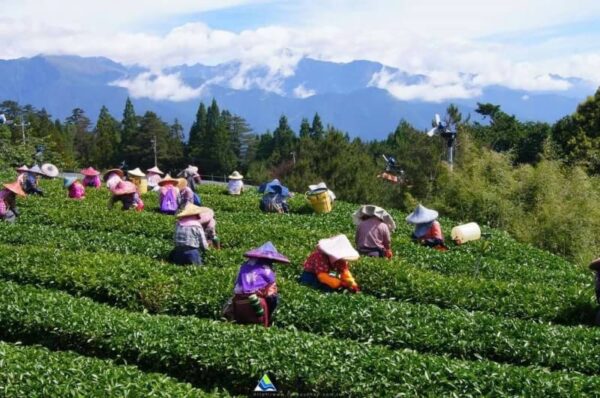
Policies
A lesser known fact about tea production is government policy. At township levels such as Muzha in Taiwan, local governments base development standards around the tea fields and not the other way around. As cities continue to develop and there is more and more push toward modernity in places like Yunnan, the harder it becomes to control the effects on tea consumption.
Harvesting Conditions
For a tea to be gourmet quality, it must have the right harvesting conditions, particularly in terms of rainfall and sunshine. For example, Taiwan faced extreme drought and typhoon-related rainfall from 2020 to 2023, leading to poor and limited production for several years. This reduced supply and increased prices. As a result, gourmet tea became a commodity, limiting production for many tea farmers. Many Taiwanese farmers have started expanding operations to Vietnam and Indonesia to meet higher demand.
Terrace Tea vs. Forest Tea
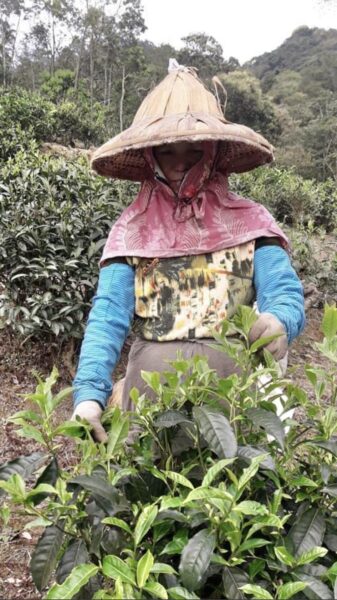
Teas grown in deep forest environments are the most luxurious and premium. We believe gourmet tea mainly comes from forest tea. We have also tasted and tested select batch terrace tea and confirmed that some premium options are available, though limited. For example, an Oolong Tea harvested between winter and spring is a premium selection. Timing, high elevation, good climate conditions, and the right season can make terrace tea premium.
To our knowledge we are not aware of any major tea brand that sources mass quantities from forest areas. We are one of the few companies who specialize in forest tea in general and are the main promoter of gourmet tea sachets from these areas.
Tea Tree Age
This aspect of determining tea quality is often overlooked. A long tea tree lifespan shows it has withstood various environmental changes and challenges. A healthy, long-living tree is essential for gourmet tea.
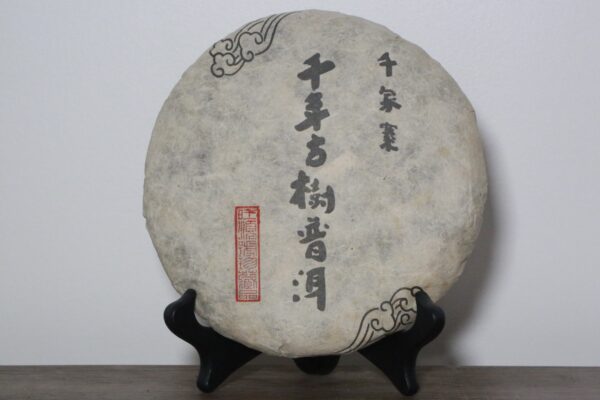
Hand Plucked vs Machine Plucked
The most premium gourmet tea types undergo hand plucking using hand slicers typically worn on the thumb and middle finger. Tea pluckers carefully slice along each stem to cut the full tea leaf. Only leaves without holes or discoloration are placed into baskets and then handed off for hand rolling.
Roasting Techniques
Drying Techniques
Drying a tea leaf under proper sunlight and temperature is key. Gourmet tea is best when sun dried naturally and not under unnatural machine drying.
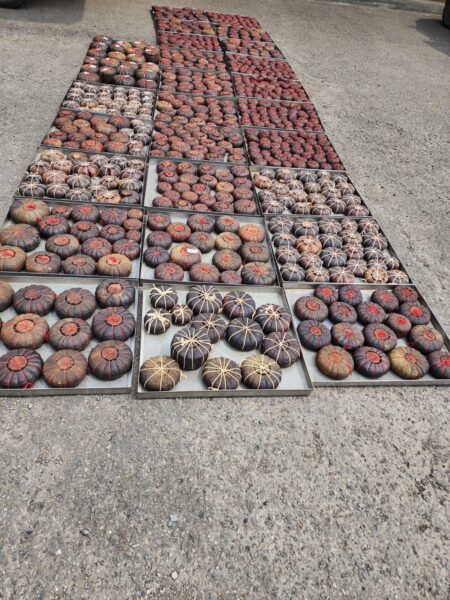
Artisan Tea Storage
Dry storage ranks as the most premium storage technique, involving the moderation of humidity within storage facilities. Though it may seem contradictory to dry store teas grown in wet and humid environments, this process is crucial as the chemistry of finished tea products changes due to roasting and fermentation.
Clay containers are the top choice for dry storage, though they are extremely costly.
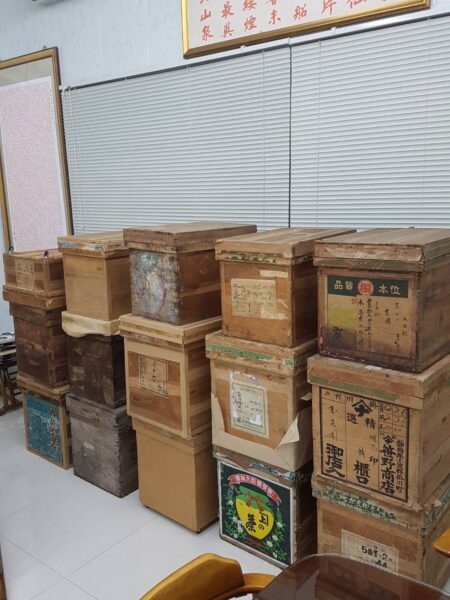
Tea Master Lineage
Lineage holds great importance in gourmet tea making, much like in Qigong, Taichi, or Yoga, where history and methodology are crucial. Some tea lineages draw upon hundreds of years of passed-down knowledge, while others are much shorter.
At Qiful Life, our tea masters trace their lineage back to the Ming Dynasty, one of the oldest tea traditions in the field.
Gourmet Tea Growing Regions
There are several regions on earth that are known for producing particularly high quality, gourmet teas time and time again.
Taiwan Growing Areas
- Shanlinxi
- Lishan
- Wenshan District
China Premium Tea Areas
- Yunnan
- Fujian
- Hunan
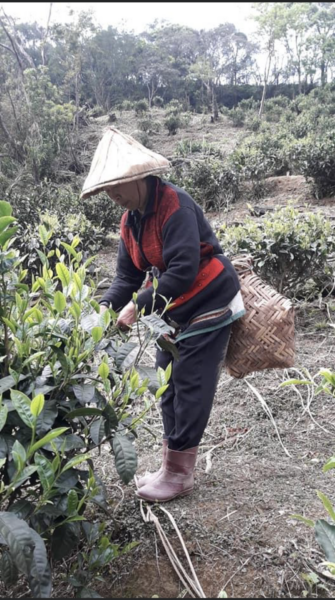
Gourmet Tea Types
There are 2 primary types of gourmet tea:
- Loose Leaf Tea
- Tea Sachet Bags
Traditionally, tea makers reserved most high-end tea for loose leaf types, using traditional brewing methods like tea pots and gai wans. Over the years, tea bag technology evolved, making high-end products like compostable tea bag pyramids with mesh interwoven more mainstream.
For many large leaf teas, sachets don’t work because cutting the leaf reduces flavor and fragrance. Capturing green tea in pyramid sachets is the most challenging, while Oolong and small leaf varieties are the easiest.
Where Can You Buy Gourmet Tea?
Gourmet Tea is increasingly rare due to increased costs and focus on quantity over quality. While many industry leaders claim to have luxury tea standards, such products are usually machine plucked, filled with pesticides, or were subject to poor growing conditions. Most truly high end teas come directly from farmers with established lineages and local competition awards.
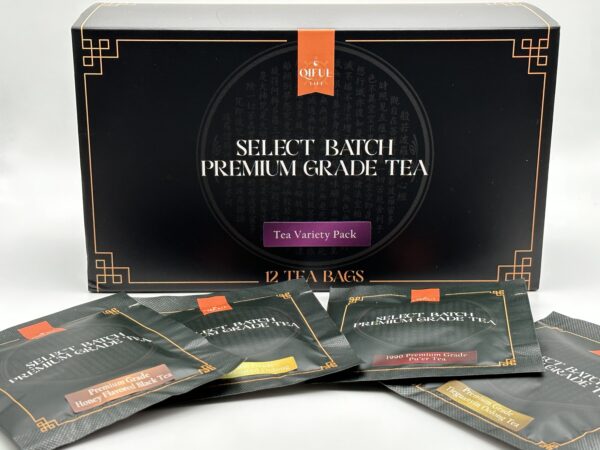
Summary
- Gourmet tea refers to high-end tea cultivated under specific conditions like location, elevation, and environment.
- Premium Grade, Competition Grade, and Ultra-High Grade teas each possess unique qualities and standards.
- Growing region, elevation, proximity to factories, and local policies strongly influence gourmet tea quality.
- Farmers cultivate premium teas at higher elevations, often in forest environments, emphasizing hand-plucking and traditional methods.


